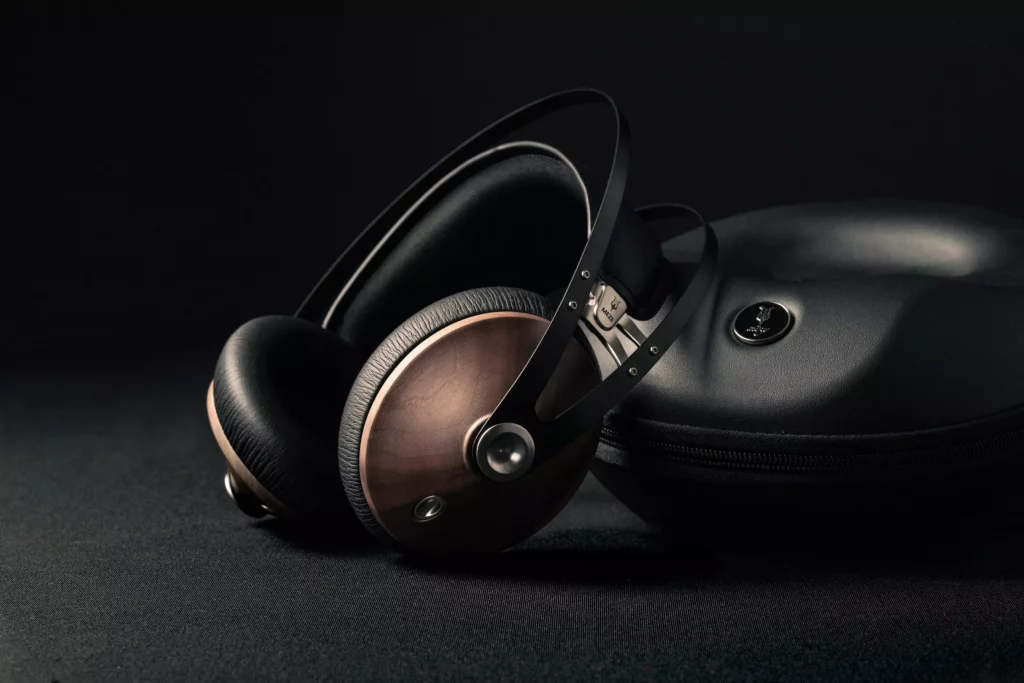People’s emotions and engagement are triggered through audio.
Audio ads can trigger emotion, involvement, and memory, according to Terence Scroope of WPP’s Mindshare.
A study that has used brain research and neuroscience has revealed that audio advertisements always result in greater engagement compared to other media formats. In addition, this degree of attention continues regardless of whether the listener is listening to podcasts or music. These findings highlight the power of audio as a medium. If used correctly, it can outperform other media channels for creating brand engagement, breakthrough, and retention.
It was conducted through WPP agency Mindshare (specifically its NeuroLab unit) and Spotify’s Sonic Science team in partnership with research firm Neuro-Insight. The study looked into the subconscious and conscious reaction to ads. Increases in emotional intensity provoked through audio ads were 12 percent higher than the global benchmarks for all media and correlated with a boost of brand-breaking. Further results revealed that audio ads improve brand recognition and transference about the content users consume on platforms such as Spotify.
The process involves brainwaves as well as expressions.
Utilizing the techniques we’ve developed, the Mindshare NeuroLab can discern which areas of the brain glow when it comes to specific assets and learn more about the creative works that resonate with people when they’re only available in audio format. It also helps us understand how tiny facial movements could indicate a response to an item, such as when a listener is disappointed or sad. This can help us modify our media and creative strategies to increase the impact.
In this study, conducted with Spotify, we began by asking the participants about their demographics, preferences, and behaviors about music and podcasts. We wanted to find out how these factors affect their interests and differ among different viewers, for example, different generations.
Then, when it was time to evaluate the audio creative, we performed facial expression analysis. At the same time, our participants were shown a first-person film that simulated the feeling of walking around the city. This was done to keep the viewer’s attention without distracting them from the audio advertisement. The video was maintained across all promotions and brands we evaluated to ensure the sameness.
Our analysis of facial expressions was developed to be focused on two primary indicators: expressiveness and valence. The valence measurement enabled the NeuroLab NeuroLab team to monitor the overall positive or negative aspects of the experience. It was calculated as a sum of several facial expressions. Expressiveness measures the emotional intensity of the incident, and more expressiveness is typically associated with higher memory encoding. Studies have shown that dynamic advertisements are associated with higher levels of action intent and improve branding esteem, further highlighting the value of connecting with your target audience at an emotional level.
In other forms of media, we’ve seen that using talent can be a powerful method to assist a brand in achieving its objectives. Our research has shown that it’s precisely the same in audio. A celebrity’s well-known or distinctive voice can successfully create an image between a brand and a consumer. In one test we conducted, a health-oriented brand featured a specific choice of celebrity voice in its advertisement. Upon being exposed to that voice (of an individual renowned for being an extremely fit and healthy popular), we noticed an increase in the brand’s valence and resonance. For a different brand we examined, we discovered that ads with celebrity voices generated an increase of 21% in emotional intensity and engagement.
For marketers, the body of work by a celebrity or connections to culture could be a powerful influence on the company. This will attract the customer and establish credibility.
The ability to address the appropriate content
The alignment of the asset with the target audience – in the audio environment is essential. Addressability is the key to delivering the correct audio ads to the appropriate audience segments to ensure the highest level of resonance. Simple measures like behavior or demographics may determine resonance. However, resonance is required to make the emotional bond.
In a variety of tests, including this study and other research, the positioning of the brand’s name in an audio ad is also significant. The best place to put it is at the beginning of an advertisement or towards the close of the ad, but not in the middle. This study found particular results that were particularly impressive for ads with branding in the early stages. Ads that adhered to this pattern saw the highest increases in emotional expression.
An important sonic chance
While audio-based advertising in digital format has made significant progress in many ways, we’re in the beginning stages of studying its effect on consumer behavior and identifying further opportunities to improve consumer engagement. The most minor and often ignored aspects, like background noise or scene-setting, can be extremely impactful. However, there is much need to work on knowing how they impact the customer. The subtle cues that are given to us should be noticed.
Sonic branding – which is a growing practice, is also a possibility. Certain brands, whether they intend to or have not realized this, use audio signatures to promote their brand. Our research revealed that a gaming business successfully trained its players to associate a specific sound with a well-known gaming game. When that sound signal was played, it was accompanied by a significant increase in positive emotions and an upward trend throughout the ad’s running. Once established, the appropriate use of the sound could trigger emotion or create connections, and these effects can impact an extensive and diverse audience.
The lessons learned from this study will enhance NeuroLab’s mission to uncover why people make their choices and improve the quality of their advertising experience.

